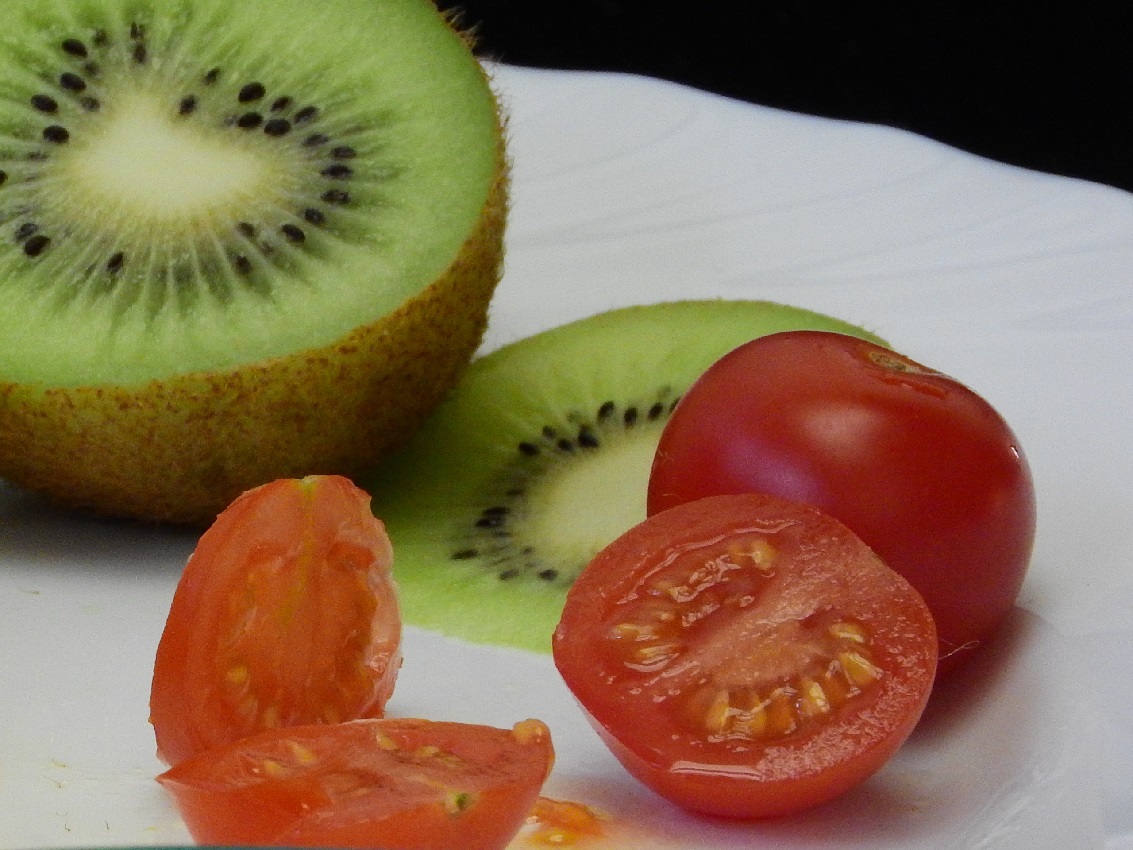
Chile Develops Drought, Saline-Tolerant Tomato, Kiwi
April 1, 2020| |
The University of Chile is stepping up its research to develop tomato and kiwi varieties that are more tolerant of saline lands while requiring less water. They are also studying the development of biostimulants to be used on plants, making them more tolerant to drought- and saline-related stress.
Dubbed the Planta-Con-Ciencia Project, the initiative is a collaborative research among the National Agency for Research and Development (ANID), the University of Chile's Center for Plant Molecular Biology of the Faculty of Sciences, the Institute of Agricultural Research and Development (INIA La Cruz) and the Arturo Prat University. The objective is to seek scientific solutions to develop more resilient and sustainable agriculture brought about by the increase of land affected by drought and salinity stresses that leads to a decrease in crop yield.
The researchers focused on the development of two crops, tomato and kiwi, using the CRISPR-Cas9 genetic engineering technique. For tomato, they chose the Poncho Negro variety known to have high resistance to salinity and the effect of heavy metals. Kiwis, on the other hand, will be used to study increased tolerance to salinity and drought using Hayward commercial kiwi plants, a variety used as rootstocks.
The research simultaneously comes with a study on environment-friendly biomodulators that can be applied directly to tomato and other plants to help increase their resistance to abiotic stress. Growth-promoting rhizobacteria and plant metabolites will be used as the basis for this study component.
The lead researcher stated that they are using biotechnology to seek ways to contribute to sustainable agriculture by improving Chile's fruit varieties that bring economic value to the country. The project will be accompanied by an information campaign to disseminate information about the importance of science and technology to promote sustainable agriculture and the effects of climate change.
Read more from the University of Chile.
| |
You might also like:
- Chilean Scientist Develops Transgenic Corn that Survives 52 Days Without Water
- Wild Tomato Shows Better Resistance to Bacterial Canker Than Cultivated Varieties
- Optimized CRISPR-Cas9 Induces Targeted Mutation in Kiwifruit
Biotech Updates is a weekly newsletter of ISAAA, a not-for-profit organization. It is distributed for free to over 22,000 subscribers worldwide to inform them about the key developments in biosciences, especially in biotechnology. Your support will help us in our mission to feed the world with knowledge. You can help by donating as little as $10.
-
See more articles:
-
News from Around the World
- Study Finds Providing Facts about GMO, Climate Change to Skeptics Helps Change Their Mind
- Biotech Stacks Adoption Continues to Increase Globally
- Chile Develops Drought, Saline-Tolerant Tomato, Kiwi
- Exeter Researchers Discover Novel Chemistry Against Fungal Disease of Crops
-
Research Highlights
- CBF/DREB1 Gene Family in Lettuce Confers Multiple Stress Tolerance
-
Plant
- CRISPR-Cas9 Reveals that OsMPT3 is a Vital Osmotic Regulatory Factor
- Knockout of the OsNAC006 TF Causes Drought and Heat Sensitivity in Rice
- Scientists Optimize Prime Editing for Rice and Wheat
-
Health
- UConn Researcher Develops Simple, Low-Cost CRISPR-based Diagnostic Test for COVID-19
-
Read the latest: - Biotech Updates (November 12, 2025)
- Gene Editing Supplement (October 29, 2025)
- Gene Drive Supplement (February 22, 2023)
-
Subscribe to BU: - Share
- Tweet

